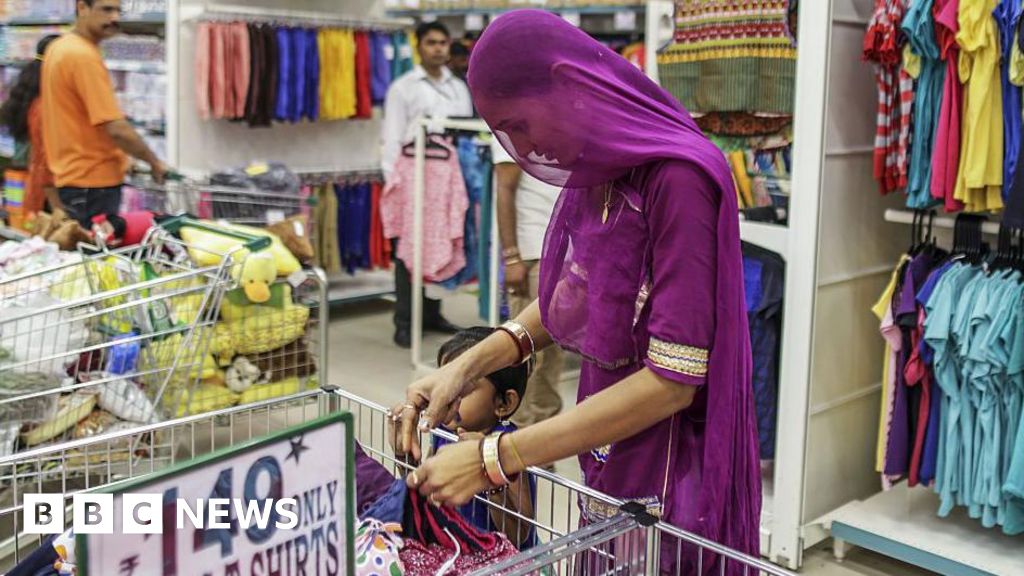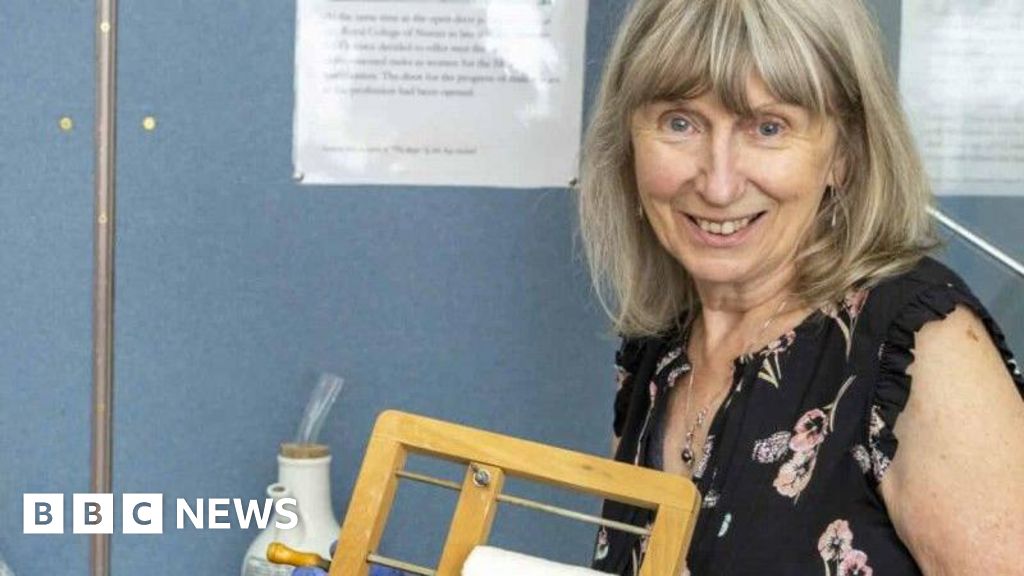- Green
Newly qualified solicitors will earn as much as £140,000 a year in race to attract and keep talent
时间:2010-12-5 17:23:32 作者:Analysis 来源:Cricket 查看: 评论:0内容摘要:He mentioned that his first experience at a WNBA All-Star game was also in Chicago — two years later at Wintrust Arena.He mentioned that his first experience at a WNBA All-Star game was also in Chicago — two years later at Wintrust Arena.
Stability, based in London, owns a widely used AI image-making tool that sparked enthusiasm for the instant creation of AI artwork and photorealistic images upon its release in August 2022. OpenAI introduced its surprise hit chatbot ChatGPT three months later.Seattle-based Getty has argued that the development of the AI image maker, called Stable Diffusion, involved “brazen infringement” of Getty’s photography collection “on a staggering scale.”

Tech companies have long argued that “fair use” or “fair dealing” legal doctrines in the United States and United Kingdom allow them to train their AI systems on large troves of writings or images. Getty was among the first to challenge those practices when it filed copyright infringement lawsuits in the United States and the United Kingdom in early 2023.“What Stability did was inappropriate,” Getty CEO Craig Peters told The Associated Press in 2023. He said creators of intellectual property should be asked for permission before their works are fed into AI systems rather than having to participate in an “opt-out regime.”Getty’s legal team told the court Monday that its position is that the case isn’t a battle between the creative and technology industries and that the two can still work together in “synergistic harmony” because licensing creative works is critical to AI’s success.

“The problem is when AI companies such as Stability AI want to use those works without payment,” Getty’s trial lawyer, Lindsay Lane, said.She said the case was about “straightforward enforcement of intellectual property rights,” including copyright, trademark and database rights.

Getty Images “recognizes that the AI industry is a force for good but that doesn’t justify those developing AI models to ride roughshod over intellectual property rights,” Lane said.
Stability AI had a “voracious appetite” for images to train its AI model, but the company was “completely indifferent to the nature of those works,” Lane said.Shane Lowry recalls seeing it for the first time on the Sunday before the 2016 U.S. Open. He started on No. 10, played five holes and walked in, wondering how he could ever manage a decent score around Oakmont. A week later, he went into the final round with a four-shot lead.
“It was firm and fast when I played it that Sunday, and it was windy. We got a bit of rain that week, which helped us,” Lowry recalled.The flip side was Adam Scott. He first played Oakmont the week before 2007 U.S. Open with Geoff Ogilvy, who was the defending U.S. Open champion that year.
“I played really great that day and Geoff didn’t, so I was feeling really chipper about myself,” Scott said. He returned a week later feeling confident as ever.“I hit six greens in two days and flew back to Australia,” he said. “It really hit me hard.”
- 最近更新
- 2025-07-07 05:56:49Police say a man opened fire outside a Michigan church before staff fatally shot him
- 2025-07-07 05:56:49opinion content. AI is the answer, whatever the question
- 2025-07-07 05:56:49You told us how tariffs are affecting you
- 2025-07-07 05:56:49Press group sues L.A., alleging police abuse of reporters at ICE rallies
- 2025-07-07 05:56:495 dark tales hit shelves this week
- 2025-07-07 05:56:49What Does the Israel-Iran War Mean for the Middle East?
- 2025-07-07 05:56:49opinion content. The perils of war with Iran
- 2025-07-07 05:56:49A 400-year-old German bible appeared at a Texas library. Who brought it there?
- 热门排行
- 2025-07-07 05:56:49A post shared by Candace Cameron Bure (@candacecbure)
- 2025-07-07 05:56:49When is forgetting normal — and when is it worrisome? A neuroscientist weighs in
- 2025-07-07 05:56:49AOLShop the best July 4 vacuum sales, with prices as low as $50
- 2025-07-07 05:56:49New books out this week offer catastrophes that at least profess to be just fantasies
- 2025-07-07 05:56:492-Tier Multi-Purpose Bathroom Under Sink Organizers (2-pack)
- 2025-07-07 05:56:49Emaciated after 5 years in prison, Belarusian dissident Tsikhanouski vows to fight on
- 2025-07-07 05:56:49Portable Air Conditioner 8,000 BTU$180$190Save $10with coupon
- 2025-07-07 05:56:49opinion content. The copyright war between the AI industry and creatives
- 友情链接
- What’s the average Social Security payment for June 2025? Plus: Changes for 2026 How much have US wars in the Middle East and Afghanistan cost? USA TODAY5 questions you should always ask before booking any guided tour 5 common pet insurance myths — debunked: The truth about cost, coverage and exclusions 5 moves you should NOT make during a recession: Expert tips for weathering economic storms Dollar-cost averaging: How to stop worrying about the market and start enjoying automated investing Money market accounts vs. money market funds: How these two low-risk savings options differ 10 best apps to save money on food — from groceries to restaurants 5 best student loan refinance companies: AOL picks for rates, flexibility and finding the best deal Life-proof your savings: How to build an emergency fund on any budget Joint bank accounts: The pros and cons for every stage of life 5 common pet insurance myths — debunked: The truth about cost, coverage and exclusions 5-star QB Ryder Lyons commits to BYU over Oregon 5 best student loan refinance companies: AOL picks for rates, flexibility and finding the best deal How much should you keep in a checking account? Finding that sweet spot for your balance 5 debts to prioritize paying off before retirement 5 debts to prioritize paying off before retirement How much have US wars in the Middle East and Afghanistan cost? USA TODAY5 questions you should always ask before booking any guided tour 6 simple ways to save money on your prescriptions — without skipping your meds 5 moves you should NOT make during a recession: Expert tips for weathering economic storms Saving vs. investing: Which strategy works best for growing and protecting your wealth? TravelbingerAmerica’s new favorite honeymoon spot is closer than you think Can you lose money in a high-yield savings account? Top 6 risks to watch out for 5 places you shouldn’t use your debit card (and 3 times when you should) What is compound interest? How it works to turn time into money 2025 financial checklist: Your guide to protecting your assets and building wealth Saving vs. investing: Which strategy works best for growing and protecting your wealth? 5 best student loan refinance companies: AOL picks for rates, flexibility and finding the best deal Under Trump, US strikes on Somalia have doubled since last year. Why?
